Women’s March Los Angeles draws large crowds, ‘creates change’
Photo credit: Anna Brodsky
A protester bearing a sign reading “#lovearmy” marches towards the Los Angeles City Hall amid a sea of women’s rights supporters. Positive messages centering around love and hope were commonplace at the Los Angeles March.
On Jan. 21, supporters of women’s rights marched to promote gender equality around the world. Though the original march was held in Washington D.C., sister marches took place across all seven continents.
According to the mission statement of the Women’s March, “we will not rest until women have parity and equity at all levels of leadership in society. We work peacefully while recognizing there is no true peace without justice and equity for all.”
The demonstration began at Pershing Square in Downtown LA at 10:00 am and ended at City Hall at 4:00 pm. Along the route, volunteers handed out bottles of water, bumper stickers and flyers for various causes related to women’s rights.
Organizers of the event estimated that 750,000 people demonstrated over the course of the day, though the exact number is still in question. Mayor Eric Garcetti, Planned Parenthood Los Angeles CEO Sue Dunlap and Muslim rights activist Soraya Deen, among others, spoke at the event.
Though the official website of the Women’s March states that the event “is a proactive international movement, not a U.S. election specific protest,” anti-Trump sentiments were tangible at the march. Many signs featured messages such as “love trumps hate,” one of Hillary Clinton’s campaign slogans, and “the future is nasty,” referring to an inflammatory remark Trump made at a presidential debate. One sign simply said “sad.”
Because parking in downtown is difficult to find even under normal circumstances, many marchers opted for public transportation. The Metropolitan Transportation Authority estimated that 592,000 Angelenos utilized the Metro over the course of the day, more than twice the typical weekend ridership.
Architect Amanda Snelson felt this effect acutely upon reaching her metro stop in Culver City. Snelson arrived at 8:30 a.m. to find that the line to get onto an eastbound train was “over an hour.”
“I’m really inspired by all the people who showed up for this,” Snelson said. “It’s great to be so inconvenienced.”
Snelson expressed her concern for the environment due to climate change.
“I’ve never marched before,” Snelson said. “I’m here for future generations…I want you to have a safe planet and I support women’s rights.”
Joining Snelson among first-time marchers was Leah Bruce, an occupational therapist from Santa Monica.
“I work with a lot of low-income families, and I’m concerned about what will happen to them if their health care is taken away,” Bruce said, referring to President Trump’s intention to repeal the Affordable Care Act.
Though Bruce was not alone in expressing her concern for the welfare of Americans under the new administration, positive messages were also commonplace, with certain signs reading “we’re in this together”, “women count” and “fight like a girl.”
“I believe that it’s easy to be against something, to protest against something,” Jim Thompson said as he rode a train to the march. “What’s harder is to be ‘for’ something.”
When asked what he is ‘for,’ Thompson replied, “I’m here to support my wife and to support women’s rights,” adding that “it’s hard to believe that women still do not receive the same pay as men for [doing] the same work.”
“The last time I marched was during [the] Vietnam [War],” Thompson added. “On a moral basis, this is a similar circumstance.”
Though Thompson strongly believes in equal rights for men and women, he acknowledged that others don’t necessarily share his viewpoints.
“It’s important to have civil dialogue with the other side. I think that [politics] can get very heated these days, but screaming at people who don’t agree with you is not the answer,” he said. “[Marching] like this is how you create change.”
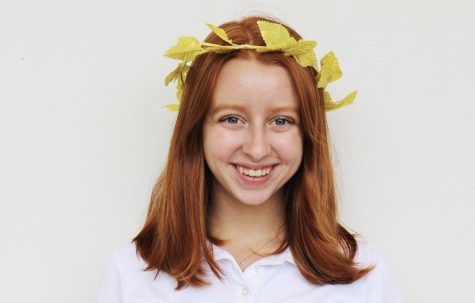
Anna Brodsky joined the Oracle staff in 2016. She took a hiatus for the 2017-2018 school year to fulfill her art credit by serving as copy editor for the...




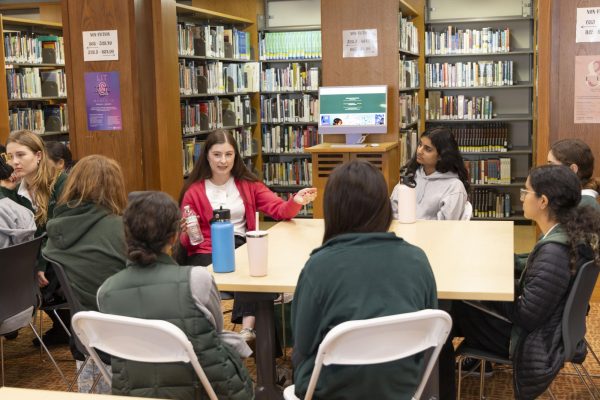

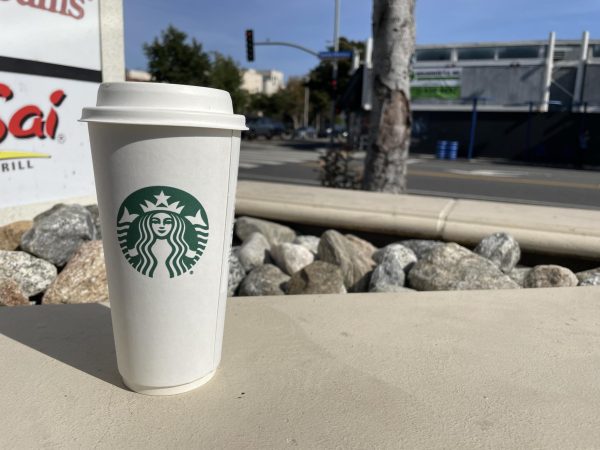

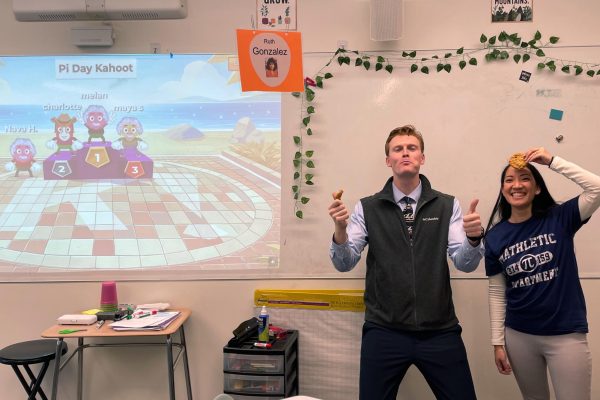
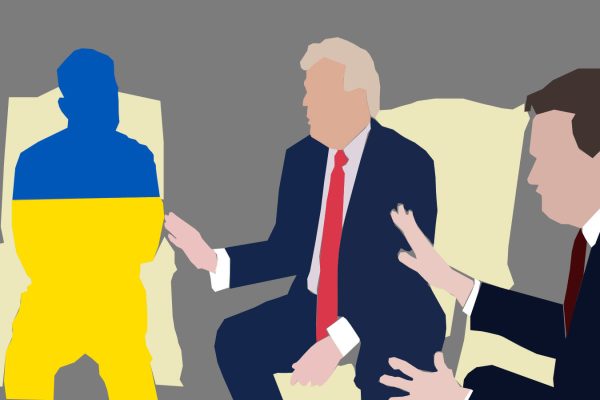


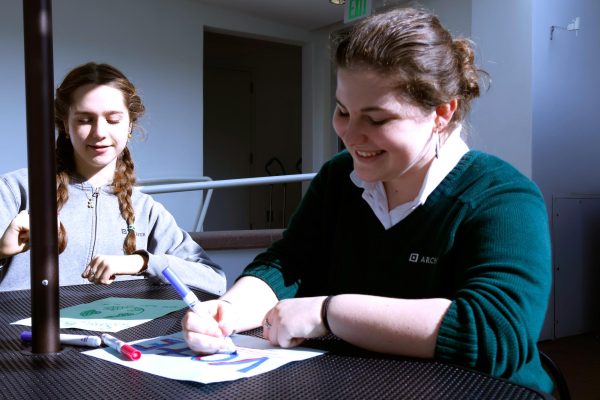

Isabella • Feb 1, 2017 at 3:50 pm
this is so good and inspiring!
Isabella • Feb 1, 2017 at 3:49 pm
yay anna!!!! GREAT JOB with this!!
Cat Oriel • Jan 31, 2017 at 8:56 pm
Great coverage on an extremely important event in our country, Anna! It’s awesome that you were able to talk those marchers and share their stories.